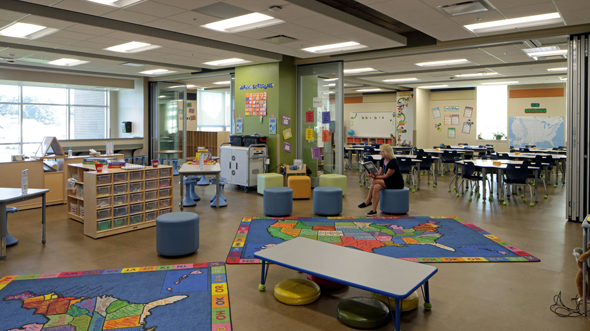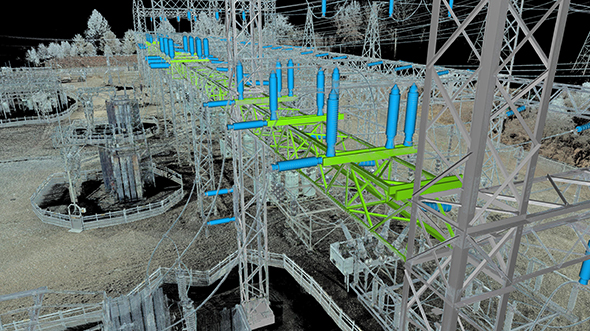
BLOG
—
HVAC and COVID-19: Addressing Myths and Best Practices for Safe, Comfortable Indoor Air Quality
The role that heating, ventilation and air conditioning (HVAC) systems play in the spread of COVID-19 has become a hot topic around the world, especially as restaurants, gyms, offices, stores and other businesses have started to reopen.
News reports and industry discussions, some of them conflicting, purport a variety of ways that building operators should use or not use their HVAC systems to prevent transmission of the virus. Some of them say you should turn off your HVAC systems, others say you should increase the temperature or humidity of the space, and still others say you should open windows or bring in 100% outside air through the HVAC system. In addition to these ideas, there are manufacturers pushing new HVAC products and technologies that claim to kill or capture the virus. With all of this noise and guesswork, it can be difficult for building operators and the general public to know what to believe and, more importantly, to know what will keep them safe.
That’s where we can help. Engineers throughout Woolpert have been working together to synthesize existing research on strategies and equipment testing for a white paper and summary addressing the many questions surrounding this issue and providing fact-based solutions. We’ve integrated findings from reputable professional organizations like the American Society of Heating, Refrigerating and Air-Conditioning Engineers (ASHRAE), which is aligned with the Centers for Disease Control and Prevention (CDC) in saying that turning off HVAC systems is not advisable and that ventilation and filtration provided by HVAC systems can reduce the concentration of the virus.
We also have outlined strategies that building owners, facilities managers and new construction project managers can adopt to reduce the risk of bacteria and pathogens from spreading through an HVAC system. There is information on the many factors to consider in determining the right HVAC solution, including the season, the specifications of the space, how it’s being used, how often it’s occupied, how much natural air flow is available and what makes the most sense from a cost standpoint. These strategies are recommended—in addition to surface cleaning and disinfection, hand sanitizing and social distancing—as part of any plan to provide a healthy indoor environment.
Our hope is that these resources and those that follow can be used by engineers, building operators, government officials and even small business owners to implement cost-effective HVAC upgrades that will not only reduce the likelihood of exposure to the virus through the HVAC system, but also improve system operational performance and indoor air quality.
There is no easy, one-size-fits-all approach to creating the safest and most comfortable indoor air quality, but we hope all involved will remember to remain vigilant, keep an open mind and take one informed step at a time. We’ll be right there with you.
Here is a link to our downloadable PDF on this topic, as well as a link to our white paper.



